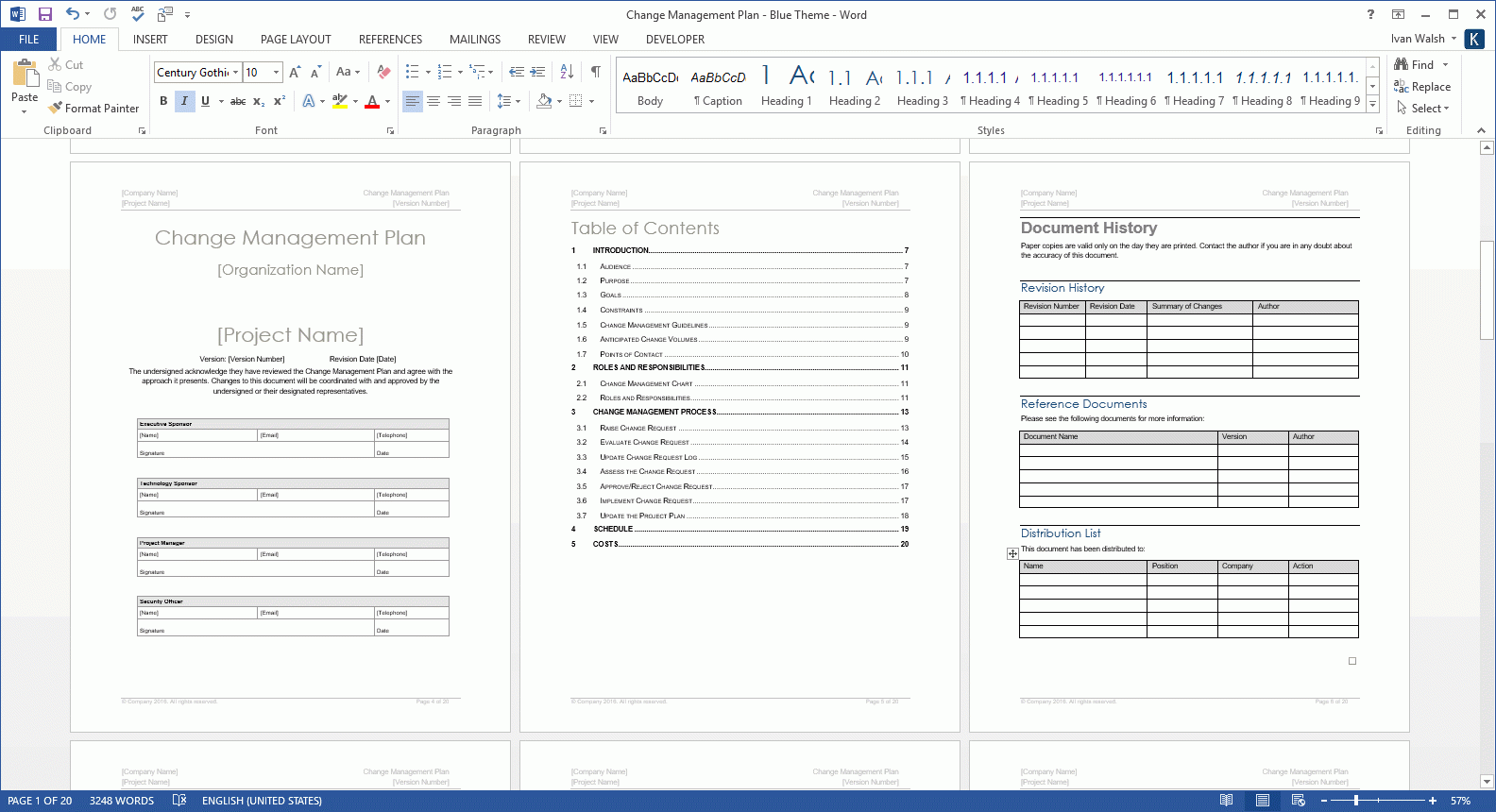Change management is a crucial aspect of any organization’s success. It involves planning, implementing, and monitoring changes in processes, systems, or structures to ensure smooth transitions and minimal disruptions. Having a well-defined change management plan is essential to effectively manage and navigate through changes. Below is a template that can guide you in creating a comprehensive change management plan.
1. Define the Change: Clearly identify the change that needs to be implemented. Describe the reasons for the change, the expected outcomes, and how it aligns with the organization’s goals and objectives.
2. Stakeholder Analysis: Identify all stakeholders who will be affected by the change. Determine their level of influence, interest, and potential resistance to the change. Develop a communication plan to keep stakeholders informed and engaged throughout the change process.
3. Change Impact Assessment: Assess the potential impact of the change on various aspects of the organization, such as operations, employees, customers, and finances. Identify potential risks and develop mitigation strategies to address them.
4. Change Implementation Plan: Develop a detailed plan outlining the steps, timeline, and responsible parties for implementing the change. Include a communication strategy, training plan, and monitoring mechanisms to track progress and address any issues that may arise.
5. Evaluation and Monitoring: Once the change has been implemented, conduct regular evaluations to assess the effectiveness of the change and its impact on the organization. Monitor key performance indicators and gather feedback from stakeholders to make necessary adjustments and improvements.
By following this template for change management plan, organizations can effectively navigate through changes and ensure successful outcomes. Remember that change is inevitable, and having a well-thought-out plan in place can help mitigate risks and maximize the benefits of change.
